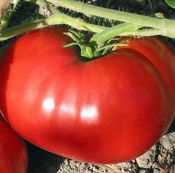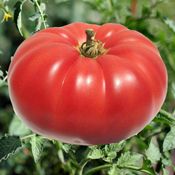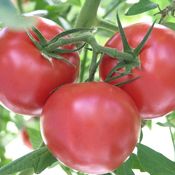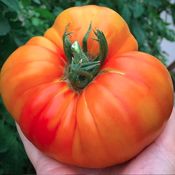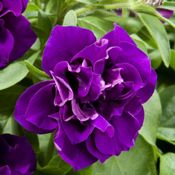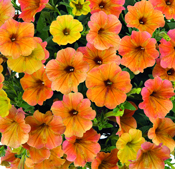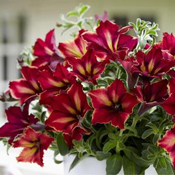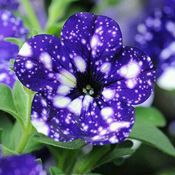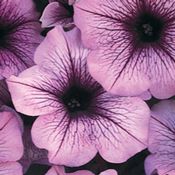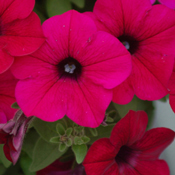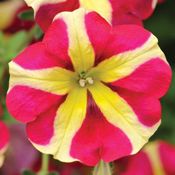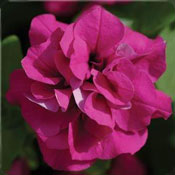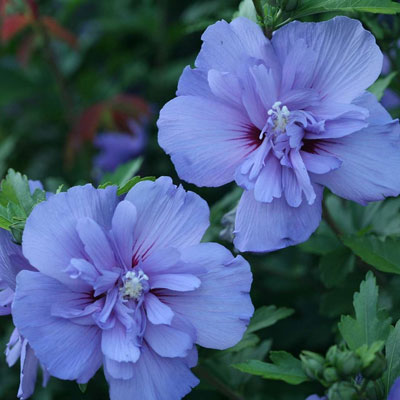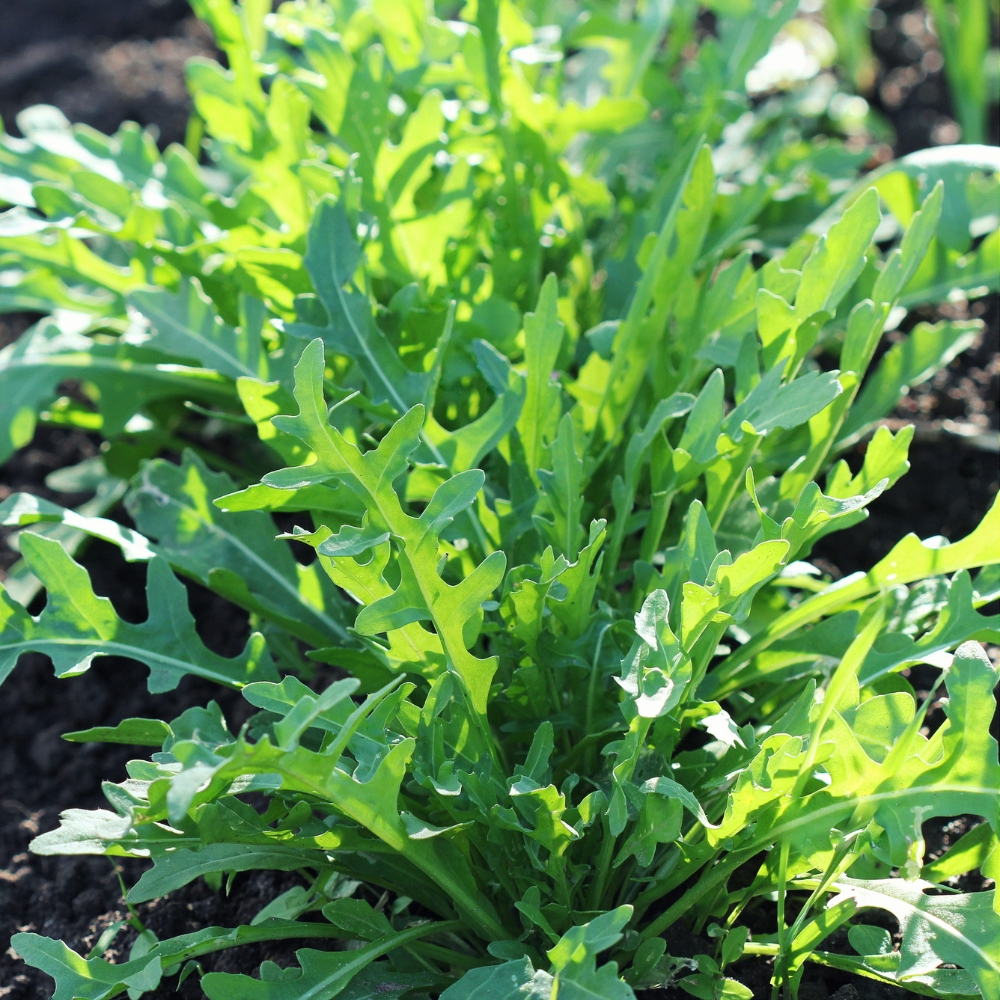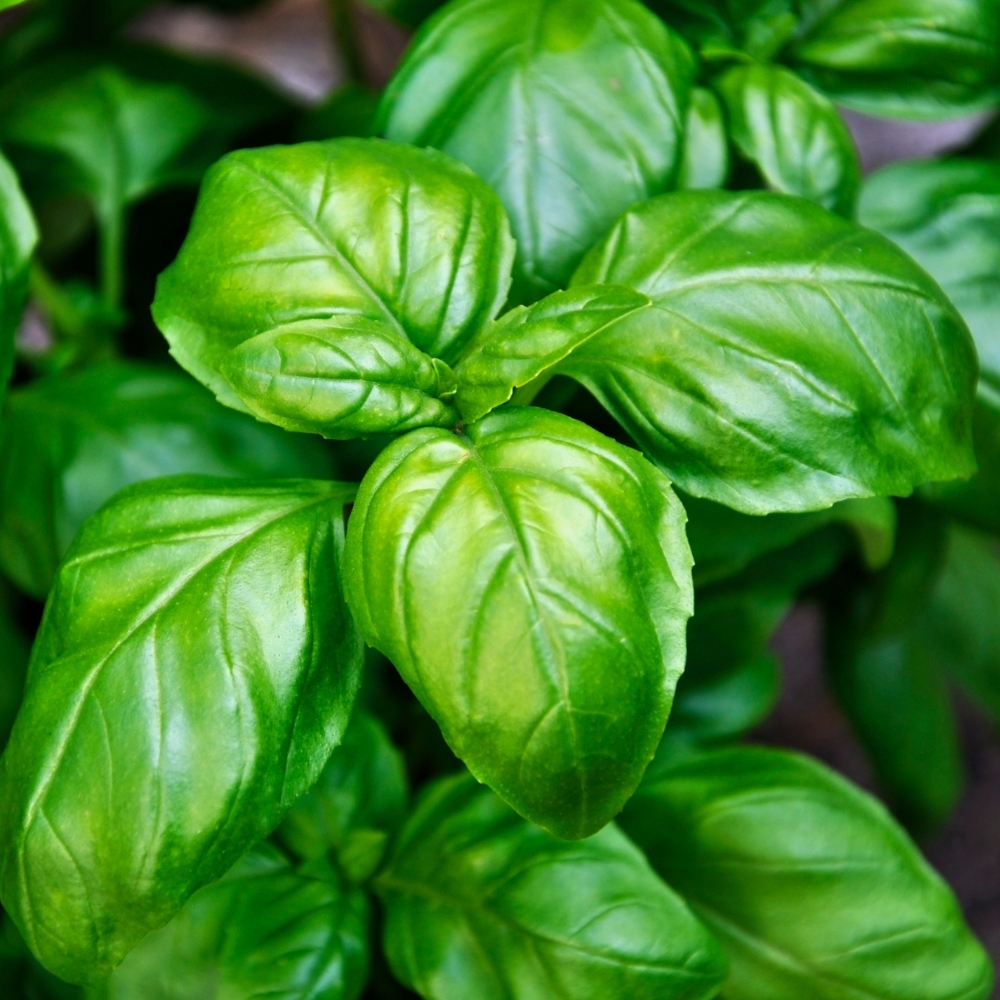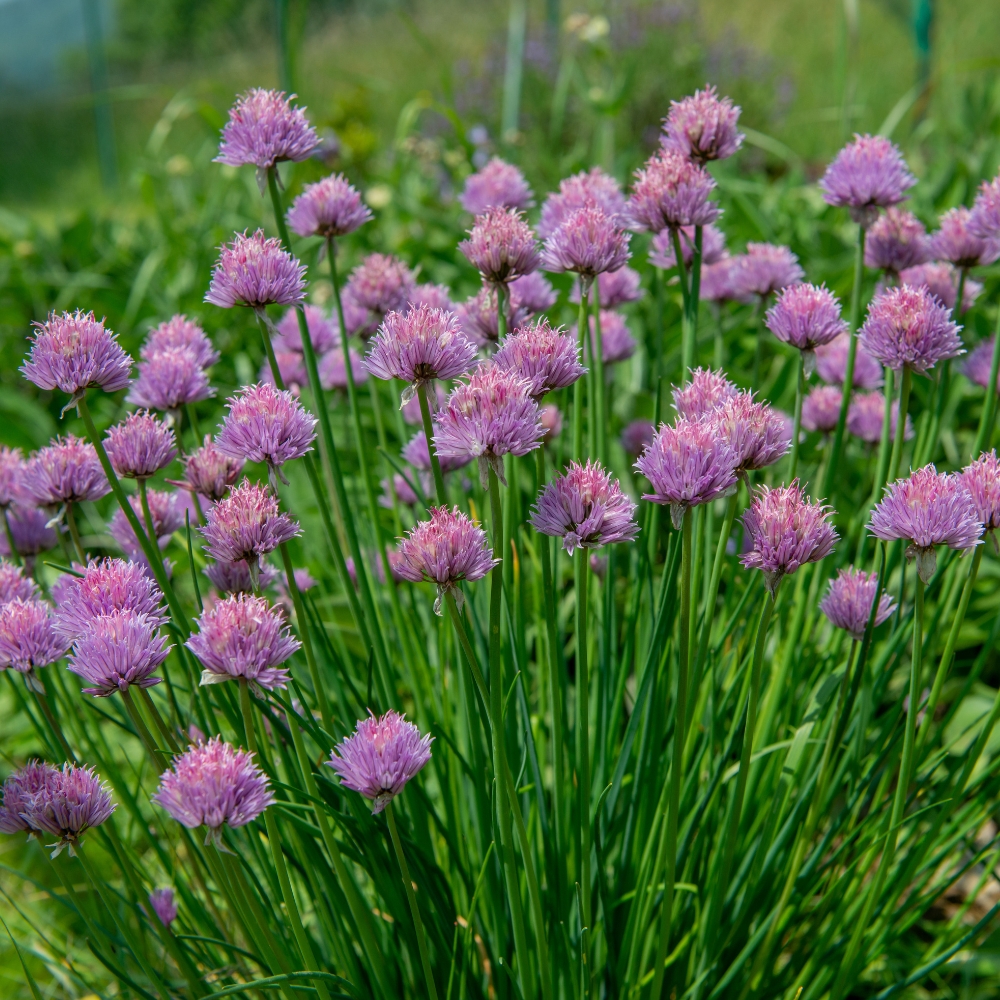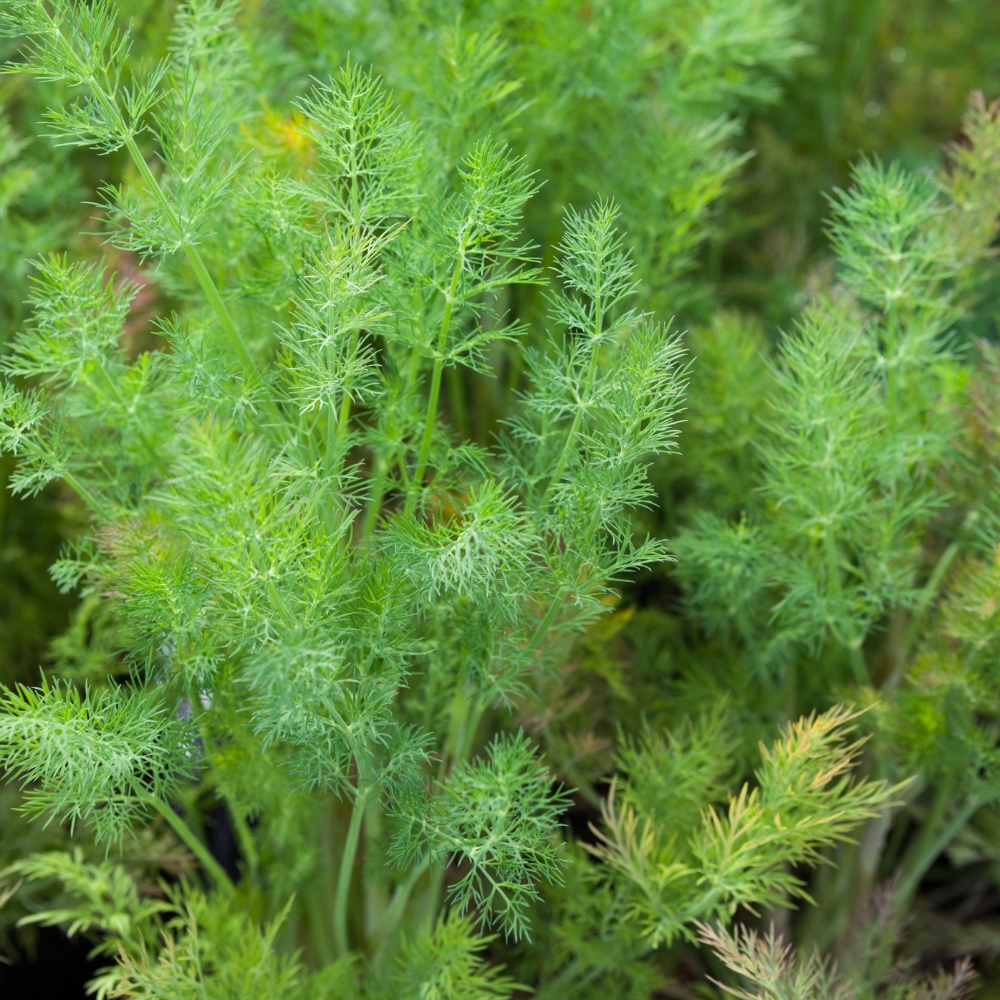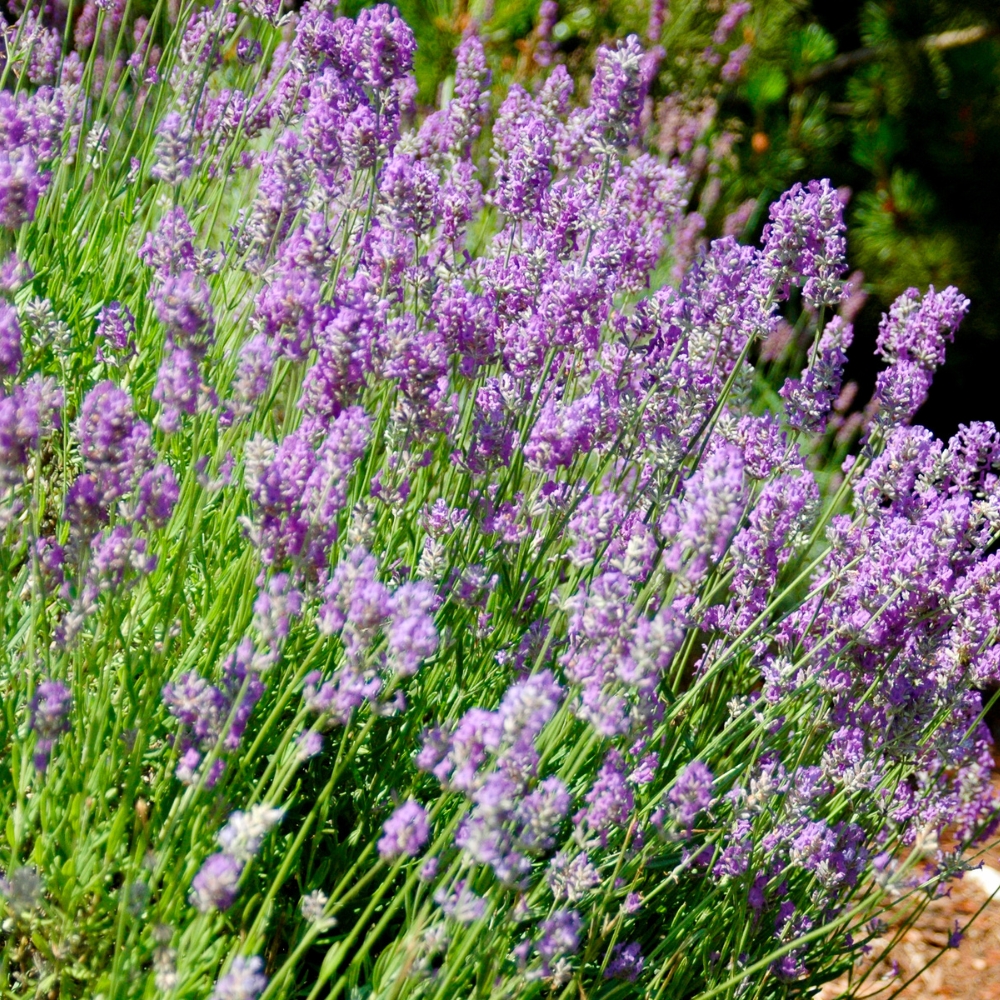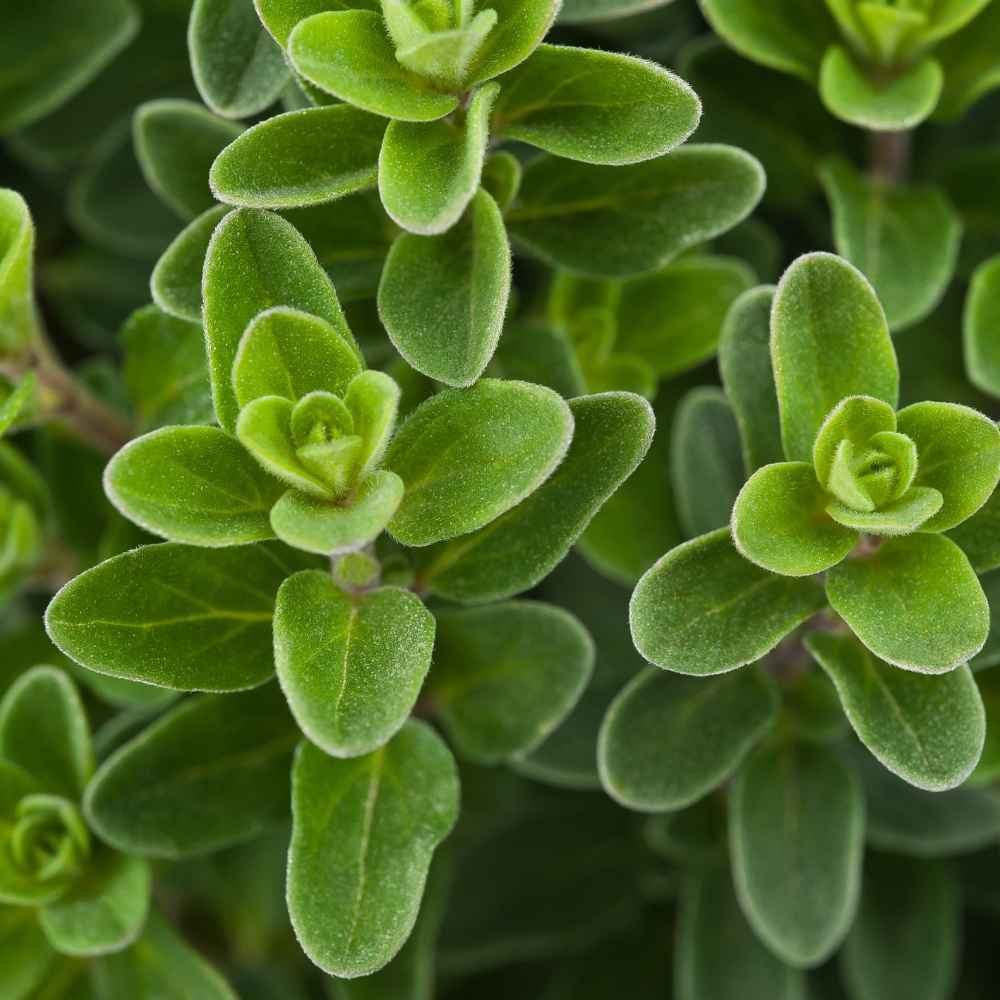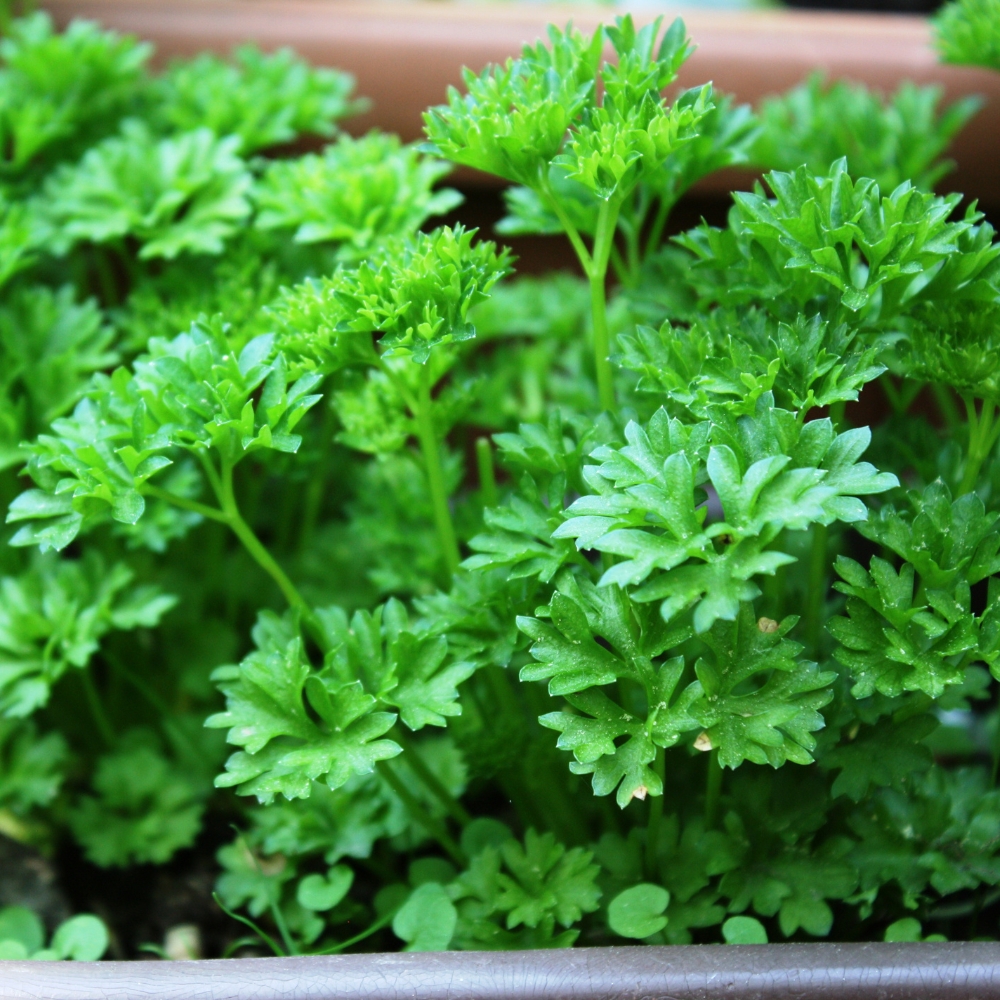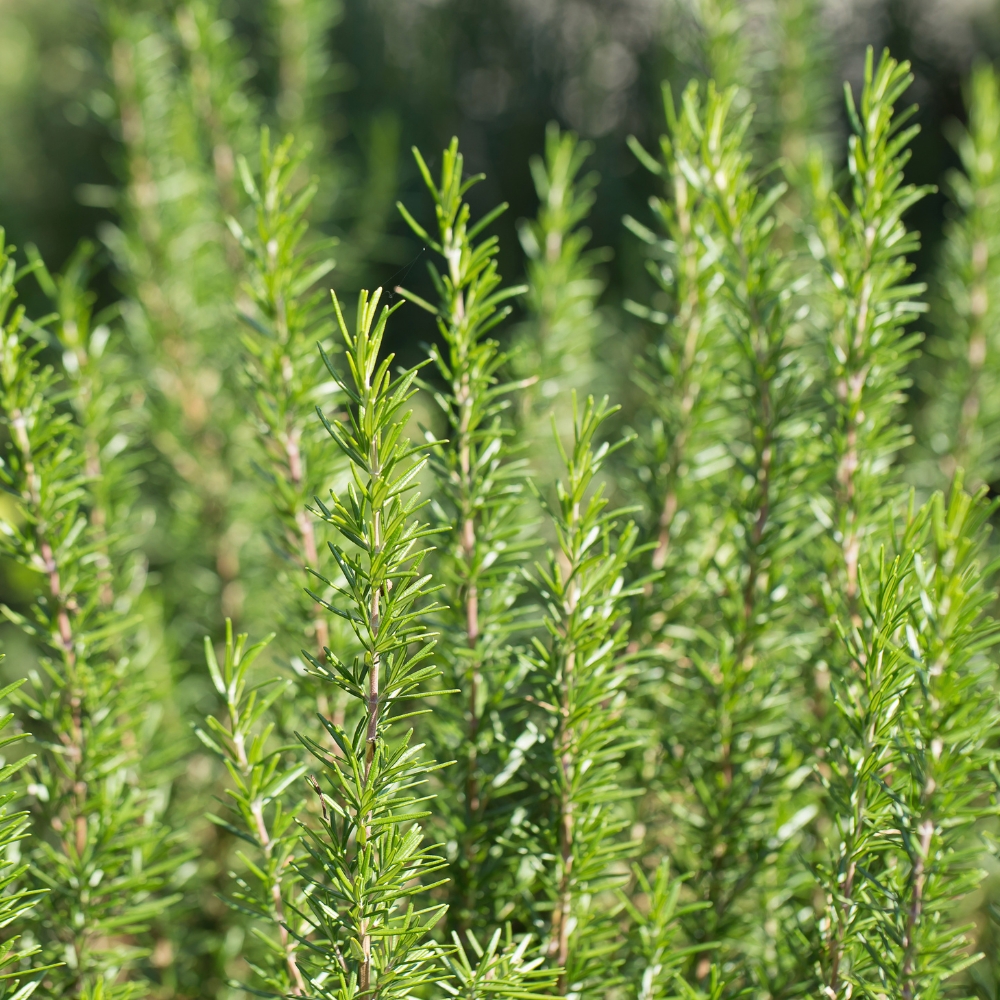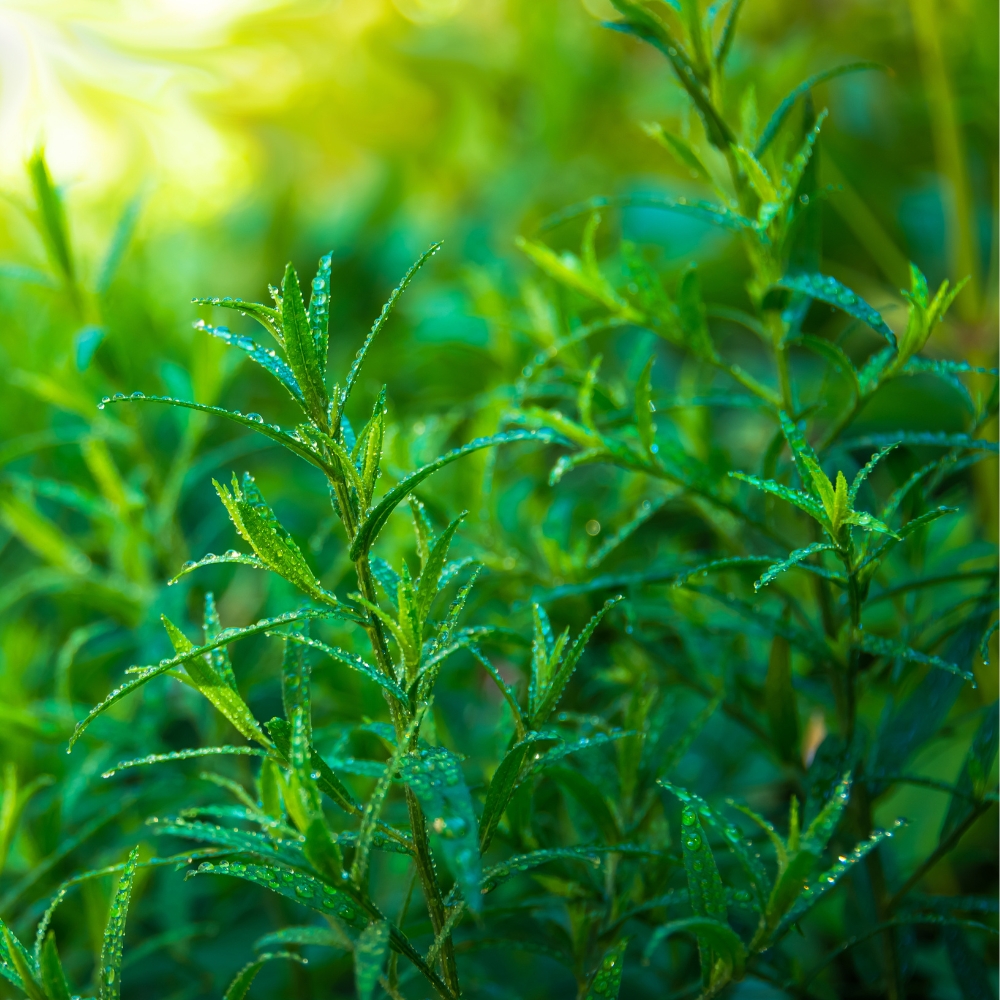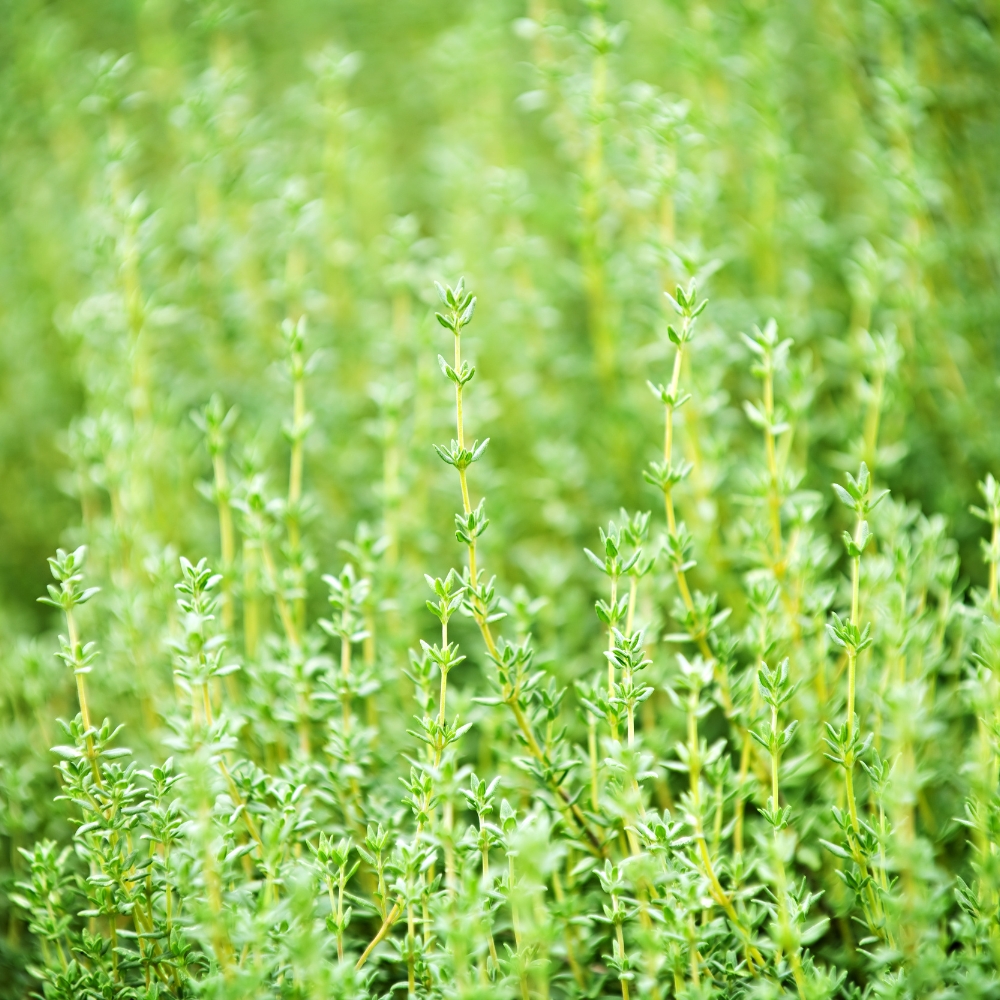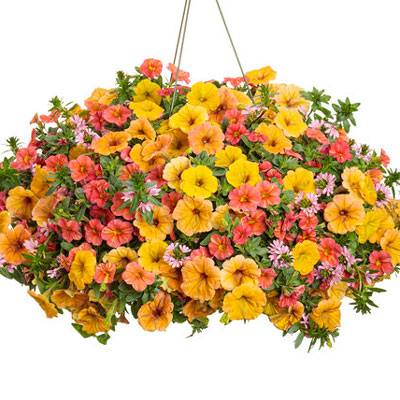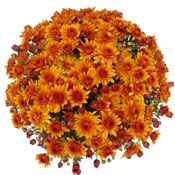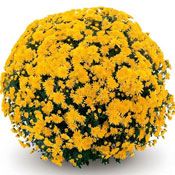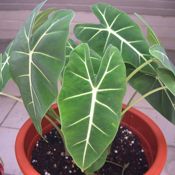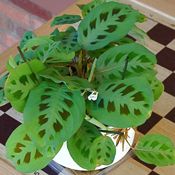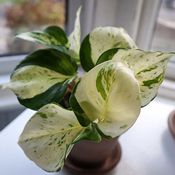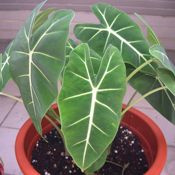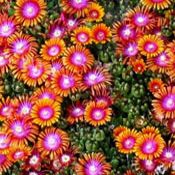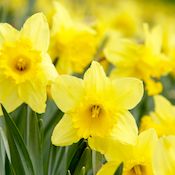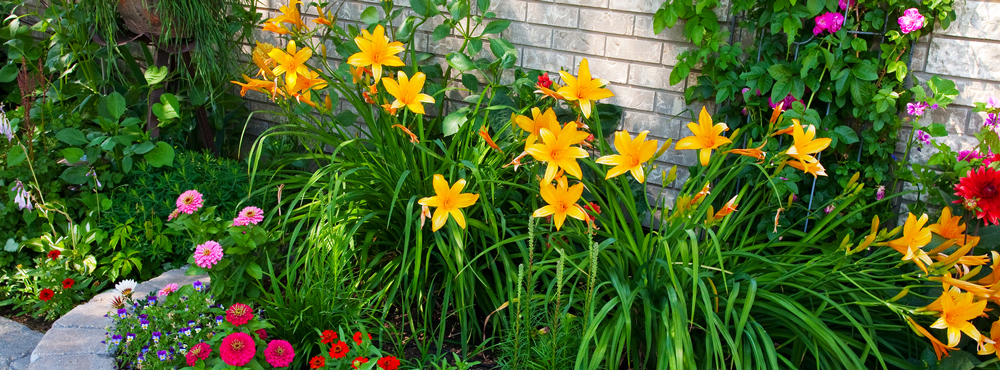
Perennials are the backbone of many flower gardens, returning year after year—sometimes for decades. Gardeners often build around them, pairing them with vibrant annuals for seasonal flair or relying solely on their enduring beauty. While perennials are typically low-maintenance, giving them the right start is key to their long-term success. Whether you’re a novice or a seasoned gardener, avoiding these six common mistakes—or embracing them as six essential steps—can transform your perennial garden into a stunning, thriving display. Follow these guidelines for your most successful gardening experience yet.
1. Location! Location! Location!
Choosing your planting spot before selecting your perennials is critical. Sunlight and shade patterns dictate a plant’s health. Observe your chosen area throughout the day to gauge light exposure—morning, midday, and afternoon. Large trees, shrubs, buildings, or even taller perennials can cast unexpected shade as they grow, especially in established gardens. If you’re starting fresh, plan your layout with light in mind.
- Plant Examples:
- Echinacea (Coneflower): A sun-loving native, Echinacea boasts daisy-like blooms or pom-pom tops in colors from purple to pink. Growing 16–30 inches tall, it’s perfect for mid- or back-garden placement in USDA Hardiness Zones 4–9, Blooming from midsummer to fall.
- Liatris (Blazing Star): Another sun-worshipper, this native spikes upward with feathery purple blooms, reaching 2–4 feet. It thrives in Zones 3–8 and attracts pollinators—ideal for sunny, open spaces.
2. Soil pH—Get It Right
Soil pH measures acidity or alkalinity, affecting nutrient availability. Alkaline soil exceeds 7.5, neutral ranges from 6.5–7.5, acidic falls below 6.5, and strongly acidic is under 5.5. Test your soil with an inexpensive pH kit (available at garden centers) before planting—especially in new beds.
- Why It Matters: Plants like Azaleas, Rhododendrons, and evergreens thrive in acidic soil (pH 4.5–6.0), while others, like Lavender, prefer neutral to slightly alkaline (pH 6.5–7.5). If leaves yellow or growth stalls, pH may be off—test again.
- Adjusting pH: Work amendments 4–6 inches into the soil, then water well:
- To lower pH (increase acidity): Use elemental sulfur (slow-acting), ferrous sulfate (faster), or aluminum sulfate (quick but use sparingly).
- To raise pH (reduce acidity): Add pulverized lime (common), calcium hydroxide, or wood ash (milder).
- Plant Examples:
- Artemisia (Silver Mound): This dwarf evergreen forms tidy 8–10-inch mounds, thriving in neutral to slightly alkaline soil (pH 6.5–7.5) and full sun. It’s drought-tolerant and perfect for borders in Zones 4–8.
- Heuchera (Coral Bells): With stunning foliage in shades of purple or bronze, it prefers slightly acidic to neutral soil (pH 6.0–7.0) and partial shade, thriving in Zones 4–9.
3. Give It a Beneficial Drink
Water your perennial thoroughly before removing it from its pot or digging its hole. This:
- Hydrates roots for an easier transition.
- Improves root-to-soil contact, reducing transplant stress.
- Minimizes root damage—dry soil is harder to work with.
- Boosts water absorption, especially for root-bound plants or in hot weather.
- Plant Example:
- Platycodon (Balloon Flower): Named for its balloon-like buds that burst into 3-inch star-shaped blooms, this 4–6-inch-tall perennial loves partial to full sun in Zones 3–8. Pre-watering eases its delicate roots into new soil.
4. Measure the Depth
Dig a hole slightly deeper and twice as wide as the plant’s pot. For a 4-inch pot, that’s about 5–6 inches deep and 8–10 inches wide. Smaller starter plants (4–6 inches) are often more economical than gallon-sized ones and catch up quickly.
- Key Steps:
- Add organic matter (e.g., compost) to the hole’s base or loosen the soil for root growth.
- Position the plant so the crown—where roots meet stem—sits just at soil level, not buried or exposed.
- If roots are pot-shaped, gently tease them apart. Toss broken roots into the hole as organic matter.
- Mix removed soil with compost and low-nitrogen granular fertilizer, then fill the hole halfway, water to settle, and finish filling. Tamp gently with hands—not feet—to avoid compacting soil too tightly.
- Dig one hole at a time to keep soil moist and adjust spacing accurately.
- Plant Example:
- Hosta (Plantain Lily): Known for lush foliage, Hostas grow 12–28 inches tall in Zones 3–9, tolerating shade to sun. Proper depth prevents crown rot in their dense root systems.
5. Mulch Matters!
Apply a 2–3-inch layer of organic mulch (e.g., shredded bark, straw, or compost) after planting. It retains moisture, suppresses weeds, and enriches soil as it decomposes. Avoid piling mulch against the stem or over the crown—leave a 2–3-inch clear ring to prevent rot.
- Mulch Options:
- Bark: Long-lasting, great for moisture retention.
- Straw: Lightweight, ideal for weed control.
- Compost: Nutrient-rich but breaks down faster.
- Plant Example:
- Astilbe (False Spirea): With feathery blooms in plum, red, or white, this 12–24-inch perennial thrives in partial shade (Zones 4–8). Mulch keeps its shallow roots cool and moist.
6. Water at the Base
Water at soil level, not overhead, to avoid fungal diseases or leaf burn from unevaporated droplets. Deep watering (1–2 times weekly) beats frequent shallow sprays, ensuring roots get moisture. Adjust based on weather—more in heat, less after rain (check if the top 2 inches of soil are dry).
- Sustainable Tips:
- Choose native plants (e.g., Echinacea, Liatris) or low-maintenance options (e.g., Artemisia) to reduce water needs.
- Use drip hoses with a timer for efficient watering.
- Plant trees for shade, wildlife, and soil health—try natives like Red Maple (Zones 3–9) or Serviceberry (Zones 4–9).
- Plant Example:
- Salvia (Sage): This drought-tolerant perennial blooms in vibrant blues or reds, growing 18–36 inches in Zones 5–9. Base watering supports its deep roots in sunny spots.
Final Thoughts
Avoiding these mistakes ensures your perennials flourish, creating a garden that’s both beautiful and sustainable. For more tailored advice, consult your local nursery or extension office—they can recommend native plants and solutions for your area. One garden at a time, we can nurture both nature and ourselves.





























































































